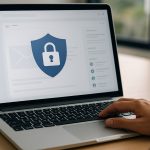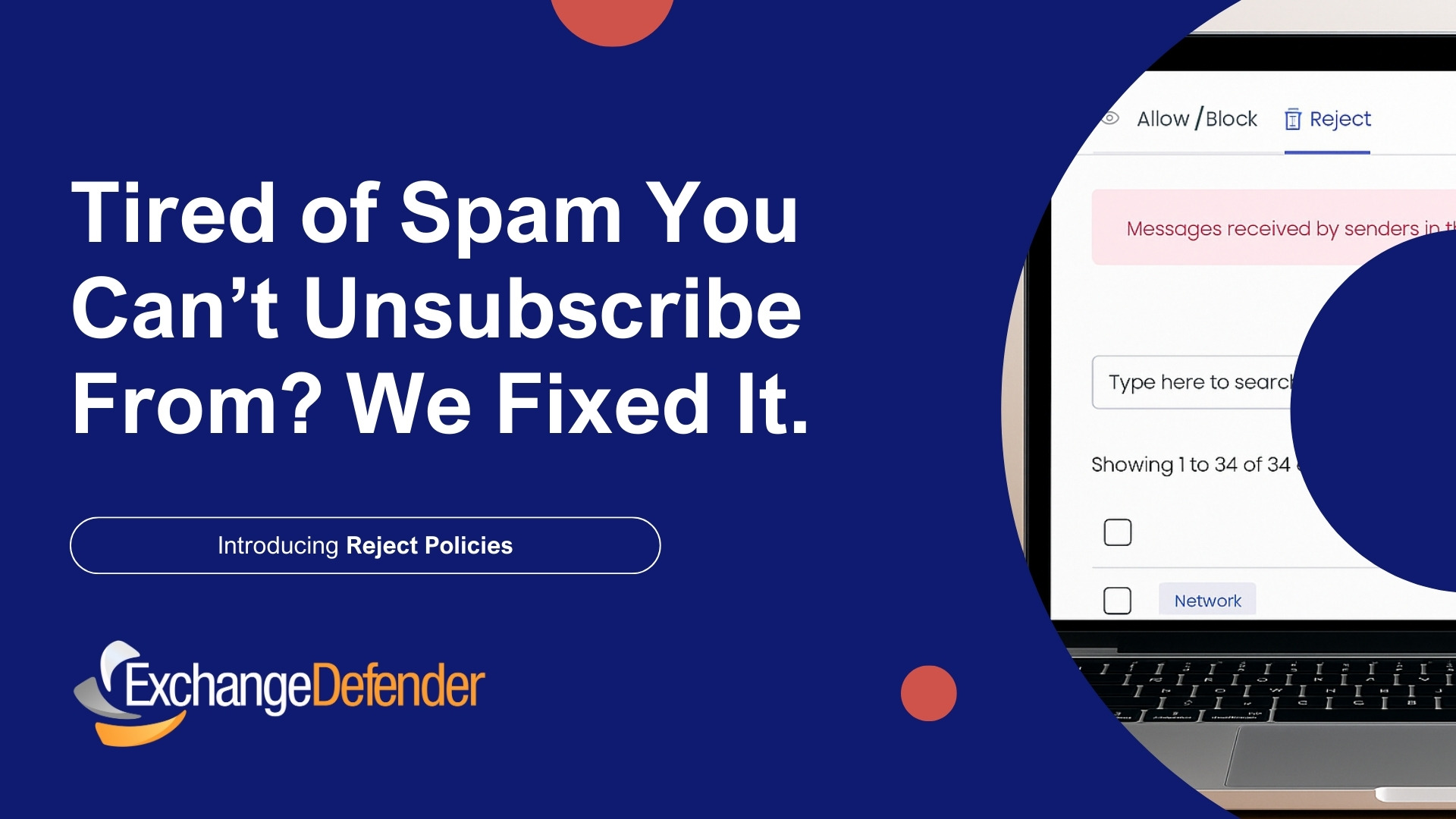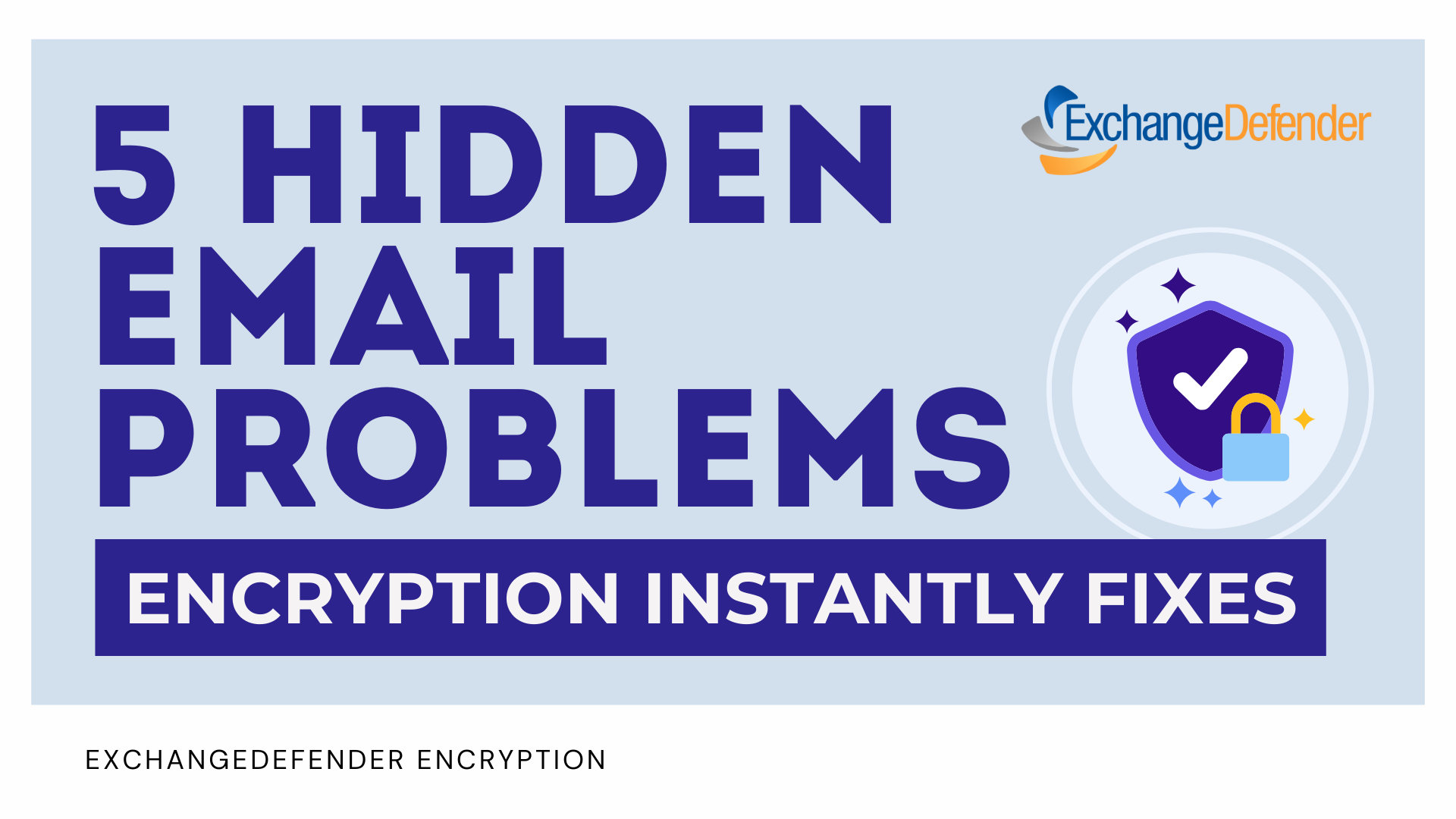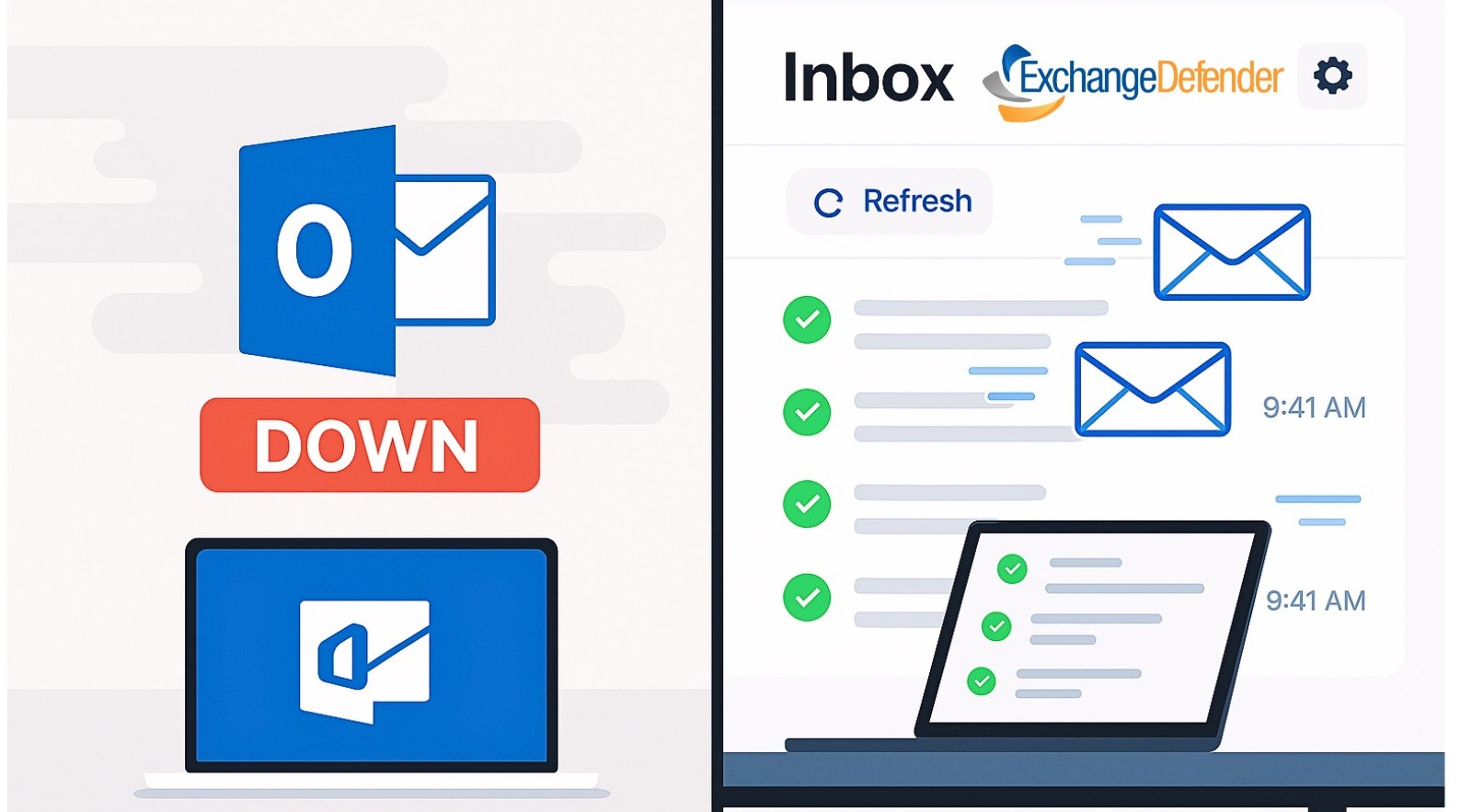Don’t Take the Bait: Xfinity Phishing Emails on the Rise
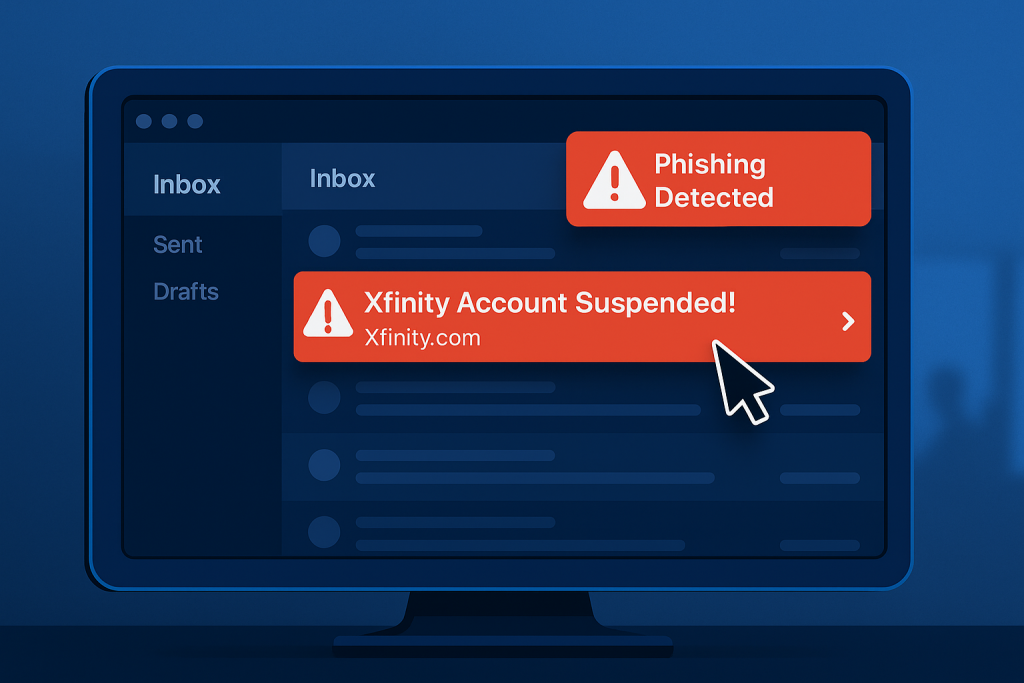
Phishing emails targeting Xfinity (Comcast) customers are flooding inboxes again—and this wave is particularly deceptive. Disguised as legitimate communications from Xfinity, these emails are designed to create panic and trick users into compromising their security.
What’s Happening
Cybercriminals are sending emails that appear to be from Xfinity, warning users about urgent account issues. Common themes include service interruptions, billing errors, or suspicious activity. The emails often ask recipients to “secure their account” or update personal information, directing them to fake login pages that harvest credentials.
Many of these messages are styled with official-looking Xfinity branding, and even the sender email address can appear authentic at a glance. Some victims have reported receiving fake invoices or confirmations for charges they never made—creating just enough concern to drive a click.
📌 Source:
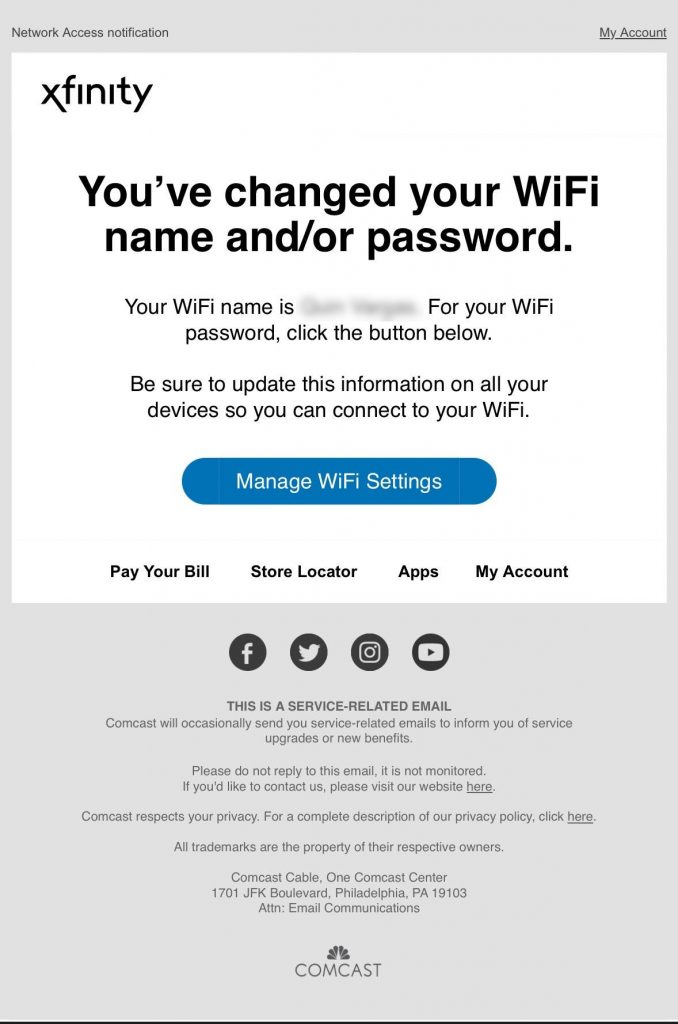
Why It’s a Problem
Once you click on these links or share information, the consequences can be serious. Scammers may gain access to your Xfinity account, personal data, or even your entire device. This type of phishing can lead to identity theft, financial loss, or malware infections—especially if users unknowingly download files or enable remote access.
Even savvy users can fall for these tricks, which is why prevention and education are key.
📌 Sources:
How ExchangeDefender Helps
ExchangeDefender’s advanced threat protection is already working behind the scenes to block phishing emails like these. By scanning for malicious links, suspicious attachments, and known spam patterns, our system keeps these messages out of your inbox.
If you’re using our LiveArchive solution, your email continues to run smoothly—even if an attack disrupts your main provider.
Want to level up even further? Our Spearphish training platform delivers realistic phishing simulations to help your team recognize red flags before they click.
What You Should Do
If you receive a suspicious message claiming to be from Xfinity:
- Do not click any links or download attachments
- Go directly to your account via xfinity.com
- Report it to Comcast at abuse@comcast.net
📌 Also check out:
Make sure your team knows the signs of phishing and doesn’t trust emails that feel rushed, pushy, or “off.” And if you manage email for clients, now’s a great time to reinforce best practices.


